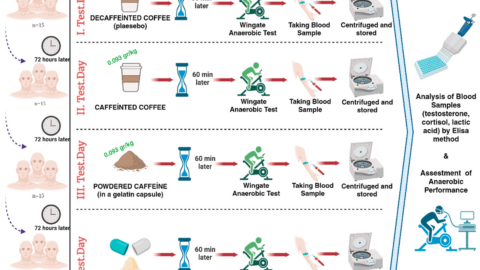Most people will visit the chiropractor for back and neck injuries, but although it is not as well known, is that chiropractors can also treat sprains and strains. The body tends to compensate for any injury or weakness, causing additional problems in areas that were previously healthy. A person who sprained their ankle may end up developing back pain because the body has slightly adjusted their walking stride. A chiropractor can locate and treat these areas successfully before they become problematic.
A sprain occurs when a ligament or joint capsule is stretched beyond its normal range of motion. Severe sprains may even involve a tear in the ligament. The most common areas to suffer a sprain are the ankles, knees, wrists, and feet. Sprains are often caused by lifting heavy items, inadequate stretching or warm up before physical activity, or trauma that causes the joint to move out of position and overstretch the ligaments. These traumatic injuries are common in contact sports such as football and may also occur in non-contact sports where the person jumps and lands wrong, stretching the knee and ankle ligaments.
When treating a sprain, the first thing to do is perform a thorough evaluation of the ankle to make sure no fractures and/or severe tears are present that will require a referral to the hospital and/or orthopedist. Once the evaluation has been performed, the new train of thought amongst experts is – Why wait until the swelling has subsided? For some athletes, that is days of care they could be receiving instead of waiting. This translates to a shorter downtime and faster recovery. At home, during the acute phase, ice is beneficial to reduce the swelling and pain, but this shouldn’t be relied on. It is best to perform some type of range of motion without any weight or resistance. Light modalities can be performed to decrease the swelling time, such as Ultrasound, light Graston and/or FAKTR techniques, as well as Kinesio taping. When the swelling and pain has decreased, joint manipulation may be required to further aid the healing process. Chiropractic manipulations are designed to maintain the proper range of motion and strength in all joints so there are no areas of significant weakness.
It is great to start the rehabilitation process during the acute phase, which will include range of motion exercises, such as active range of motion without weight or resistance. During subsequent visits the joint can be strengthened by adding and increasing the resistance. Unstable surfaces like BOSU balls and stability disks are a great tools for rehabbing a sprained ankle, as it incorporates performing range of motion with weight bearing.
After the acute phase, the main emphasis is on stability and balanced muscle strength to prevent future injuries. At the same time, the Lumbar spine, Pelvis, and Hip will need to be assessed and treated as needed. This is to make sure that the body is not compensating for the injury. It is important to address these areas to make sure that the body remains balanced. Staying balanced helps to prevent re-injuring the sprained ligament and also protects against future injuries to other parts of the body.








Tendons and ligaments are made of hundreds of small fibers that are connected to each other and for a ligament are connected to bone at each end. For a tendon there’s a connection to muscle at one end and bone at the other end. For a mild sprain a small number of those fibers have broken. For a severe sprain the entire mass of fibers may have broken. In my 5th sprained ankle I could hear the ligament pop.
Ligaments to not heal. Instead the broken fibers are replaced by scar tissue. Once you’ve sprained an ankle it becomes easier to do it again and again. The first was the worst but eventually it became possible to keep working out with a sprain.
Physical therapy speeds up the formation of scar tissue. Heat will also.
kevin
Great post! I’ve found that not only does an ankle injury affect posture, but it certainly goes the other way around also. I have had a lifetime of ankle issues, (despite comprehensive workout routines, caution, etc) and I’ve seen that proper posture lessens them and speeds up healing. I think that in addition to spinal positioning it also has to do with hamstring/calf/Achilles tendon tension or something.